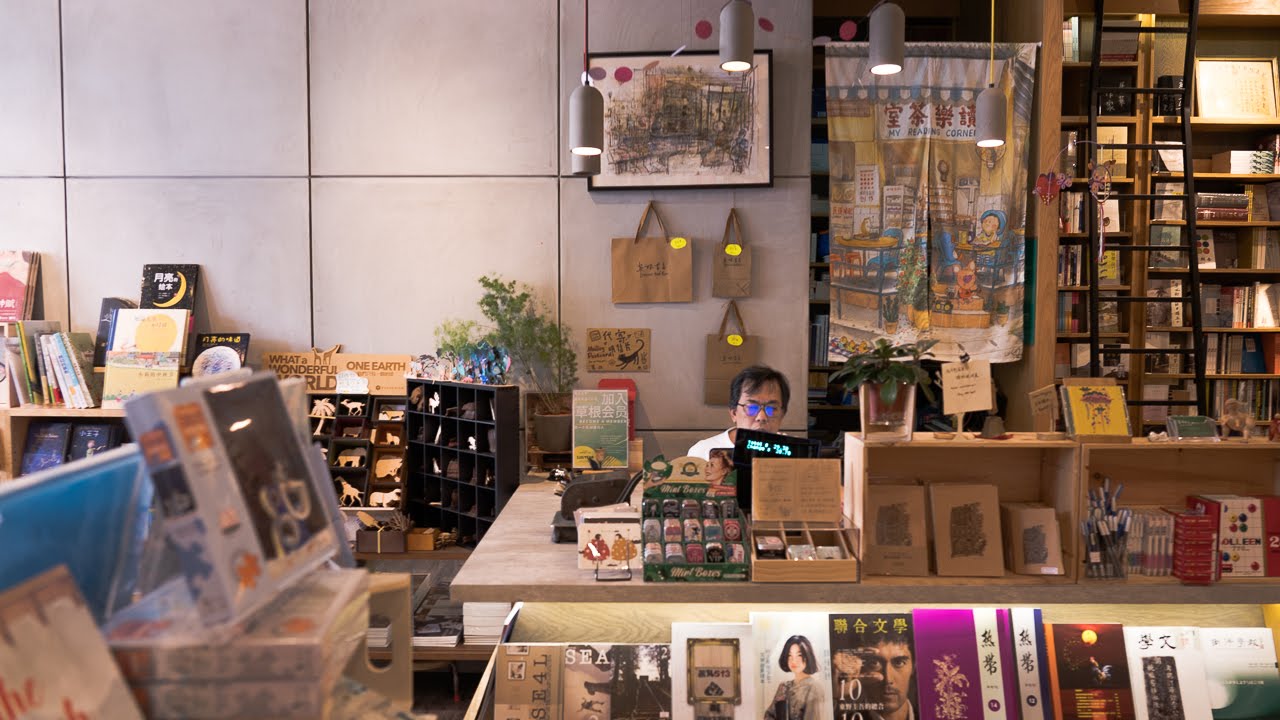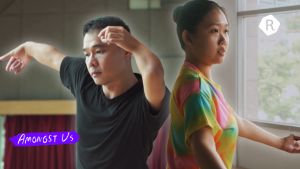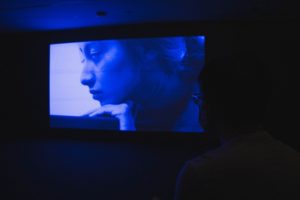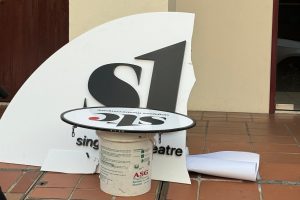As we approach the 55th anniversary of Singapore’s independence and prepare for another multimillion dollar parade (estimates of the cost of a single NDP are about 30 million SGD per parade in recent years), established arts organisations such as the Intercultural Theatre Institute (ITI), The Necessary Stage, and The Substation are losing spaces to the aftereffects of the pandemic. To us, this division of government expenditure makes sense. After all, titled: ‘Together, A Stronger Singapore’, the National Day Parade is a staple of Singaporean life.
Run by the military, the show is justified as a necessary moment of public togetherness. The National Day Parade is the single instance in our shared lives in which collective aesthetic experience is treated as a matter of national well being and security—where something beautiful is also treated as something important.
And yet, aside from that one day in August when we sit and watch the fanfare and the fireworks, art produced in Singapore has little relevance to our daily lives. After all, we have outsourced almost all of our aesthetic industries, whether by accident or design.
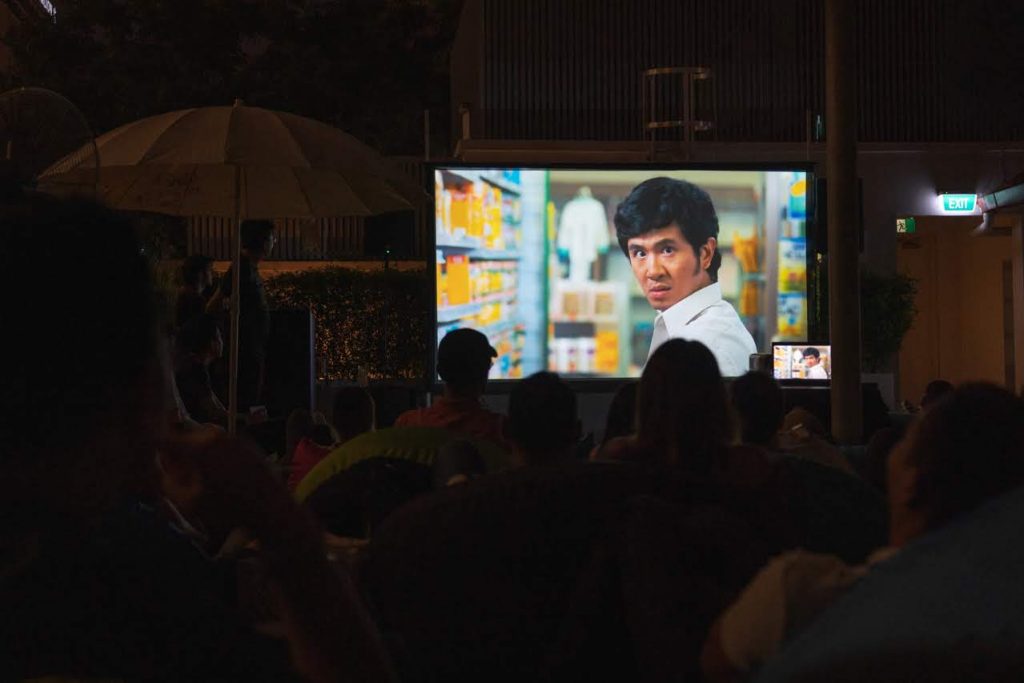
In our constant consumption of foreign media, we have come to perceive our own art as ‘non-
essential’. We do not need it to stay entertained. We grow up watching American films, listening to Korean music. With Netflix, YouTube, and Spotify, there is no barrier of physical distance in the consumption of popular culture. We have no shortage of ways to pass the time, to entertain ourselves, to have something to talk about over dinner.
We do not, except for the growing minority who consume Singaporean free-to-air television, need locally produced art to enjoy the benefits to welfare and mental health that art brings. But we have little art that shows people who look like us, who talk like us, who think and feel and dream like us.
While Singapore has produced soap operas that reflect life as it is or has been, Little Nonya, or Holland Village, or the Ah Boys to Men movie series do not push the envelope aesthetically or socially. It is not that they are not worth watching; there is nothing to be gained from being a snob. The issue with these works is that they often reflect a familiar, almost government-approved narrative, possessing a collection of socially sanctioned and stereotyped characters and emotions that never ask difficult questions of their inhabitants, let alone of us as their viewers.
As we rapidly approach our 55th year as a nation state, and in the wake of an unprecedented election, there is an increasing urgency for art which both reflects and examines our lives.
We see all arts as interchangeable … academic disciplines like history and practical work like ceramics all lumped into a single homogenous entity known as ‘arts and culture’
Consuming foreign media, as beautiful and powerful, or entertaining as it can be, will always be fundamentally disingenuous. These are not our stories to read or tell. It is deeply paradoxical that a population so uncomfortable with the presence of ‘foreign’ bodies on our shores is so comfortable with the idea of foreign images and music in the territory of our minds.
It is frequently said that we have too small a market to invest in cultural work. This is objectively wrong. Countries such as Norway and New Zealand have similar populations and often invest in the domestic production of film, television, and literature. New Zealand director Taika Waititi’s The Hunt for the Wilderpeople, a critical and commercial success, was partially funded by the New Zealand Film Commission, a government agency which contributed NZ$2 million of the $4.5 million budget of the film.
Some of Singapore’s openness to foreign media is rooted in policy. The language policies of the 70s effectively killed traditional forms of Southern Chinese theatre (as Royston Tan’s 881 memorialises), and the adoption of English as the working language opened up Singaporean culture to an influx of foreign media. But rather than diversifying the Singaporean art world, this drained it. Why?
The answer perhaps lies in us. As a society we do not value art as a set of professions with distinct skills and responsibilities. We see all arts as interchangeable, soft and unprofitable, with academic disciplines like history and practical work like ceramics all lumped into a single homogenous entity known as ‘arts and culture’ in the Singaporean worldview. This is a myth.
Good art is difficult to make. It is not soft or amorphous. It does not require ‘talent’ or some sort of divine inspiration. That is a stupid and dangerous idea. Good art, like good anything, requires skill and work—which require investment, effort, and professionalism. And honesty.

And perhaps rightfully so. The interest of the government is to govern and administer, not to live or attempt to understand or interpret said living. Beyond this, just because we cannot sustain or create global art production institutions like America’s Hollywood does not mean we should have to do so in order to make good art. Expense and profit do not equal beauty, or value. Art can and should be produced because it is good, and not because it makes good money or for any sort of social capital.
If funding art cannot be the government’s responsibility, how can we move forward especially in a time when finances are likely to become a problem?
Art is not funded only by money but by time, skill, materials, and knowledge—all of which are resources which we have discovered how to share. Our art can be community led and community made. The idea of the big, blockbuster movie is inherently capitalistic, relying on a massive outlay of infrastructure by powerful institutions or individuals for the promise of large profit. If we dispense with this idea, sharing can free our art industry.
If we can share cars with Uber there is no reason why we cannot share film equipment, if we can share pictures of ourselves on Instagram that nobody asked for there is no reason we cannot share knowledge and information about the production of art with the same platforms.
I point towards SingPoWriMo, an online writing group which has swelled over the years to 6,694 members (at the time of writing) which produces a massive amount of poetry every April, the best of which is often compiled into an anthology. A lot of it is bad. That does not mean it is not worth anything, because it contributes to the creation of an ecosystem; a community.
Similarly, wares, a reading library and infoshop, started a mutual aid spreadsheet where individuals can list their needs, including things like funds, groceries, or living and working space, or their offers of support. wares also set up a telegram channel for individuals to discuss and coordinate efforts, leading to the formation of smaller groups to brainstorm ideas for specific listings or discuss related issues. If we take art as a national, social need, and borrow these
models of collective creation there is no reason why art must be treated as a frivolous luxury, expendable in the face of capitalist necessity.

We talk with art; we need it to give form and shape to our experience. Good art is most essential when life is hard. A difficult life asks for difficult language to express it, to process it—failing that it will ask to be sedated, entertained, or therapized away. Good art can give us this common language. It allows for honesty and attention to emotional difficulty rarely afforded to us in our personal lives.
You cannot talk about the foreign domestic worker’s role in Singaporean society without talking about Anthony Chen’s Ilo Ilo, just as you cannot talk about colonialism in South Asia without Arundhati Roy’s The God of Small Things.
When I was growing up I had a domestic helper. Her name was Fatimah. My family rarely treated her as anything other than sub-human. Unlike Jiale and Terry from Chen’s film, I never grew to love her. Believing in my mother’s insistence that she was culturally and intellectually inferior to ‘us’, there remained a barrier between me and her, a barrier fraught with my guilt.
This is not a plea for absolution from said guilt. Art cannot do that for us. But upon finishing Chen’s film, I began to understand that the hatred my mother had for Fatimah had less to do with Fatimah or my mother, and more to do with the forces of financial and familial strain in Singapore of the late 1990s and the Asian Financial Crisis. That her hatred was perhaps born in jealousy, or a sense of being replaced.
